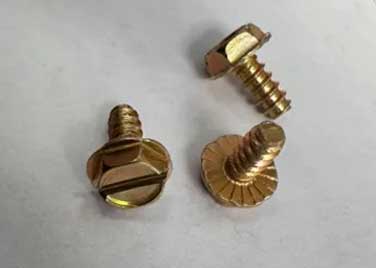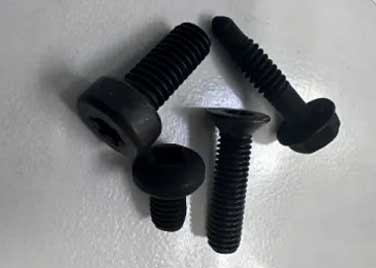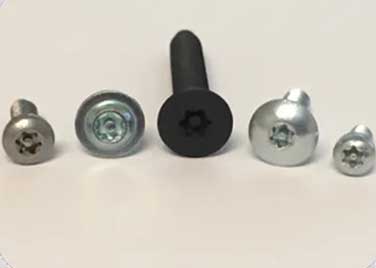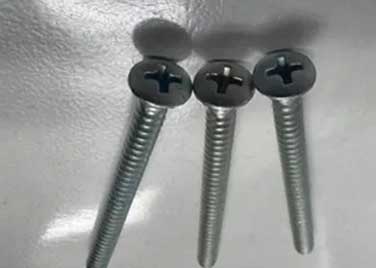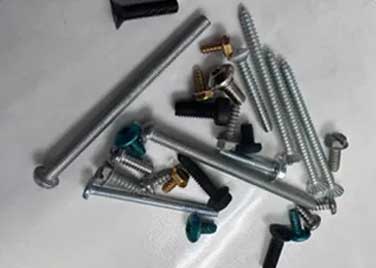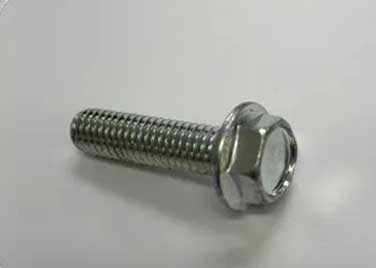Manufacturing Process
Material Section
Fasteners are commonly manufactured from metals such as steel, stainless steel, aluminum, brass, and titanium. Each material offers unique properties like strength, corrosion resistance, and durability, catering to different applications.Material selection depends on the specific application, considering factors such as corrosion resistance, strength requirements, and environmental conditions.
Wire Drawing
The manufacturing process often begins with wire drawing, where metal rods or wire coils are drawn through dies to reduce their diameter to the desired size.This process ensures uniformity and precision in the diameter of the material used for fastener production.
Cold Heading
Cold heading is a primary process for forming the head of the fastener.The wire is cut into a blank and then shaped using a series of dies and punches to form the head. This process increases the density of the material and enhances its mechanical properties.
Fasteners Types
Diameter Range
Standard Measurements
Metric Measurements
Drives
Head Styles
Materials
Thread Rolling
For threaded fasteners like bolts and screws, the next step is thread rolling. The blank is rotated between two dies, which press into the material, displacing it to form the threads. This method improves the strength and durability of the threads compared to cutting.
Heat Treatment
Heat treatment is essential to enhance the mechanical properties of fasteners. It involves processes like quenching and tempering to achieve the desired hardness, strength, and toughness.Heat treatment in fastener manufacturing optimizes mechanical properties, enhancing hardness, strength, and toughness for increased durability and performance
Surface Coating
Fasteners may undergo surface treatments to improve corrosion resistance and provide an aesthetically pleasing finish.Common coatings include zinc plating, hot-dip galvanizing, or applying various types of coatings like black oxide.
Quality Control
Rigorous quality control measures are implemented throughout the manufacturing process to ensure the fasteners meet industry standards and specifications. Dimensional checks, hardness tests, and corrosion resistance evaluations are among the key quality control procedures.
Packaging and Distribution
Once the fasteners pass quality control, they are packaged according to industry standards to prevent damage during transportation and storage.Fasteners are then distributed to various industries, including automotive, construction, aerospace, and electronics.


